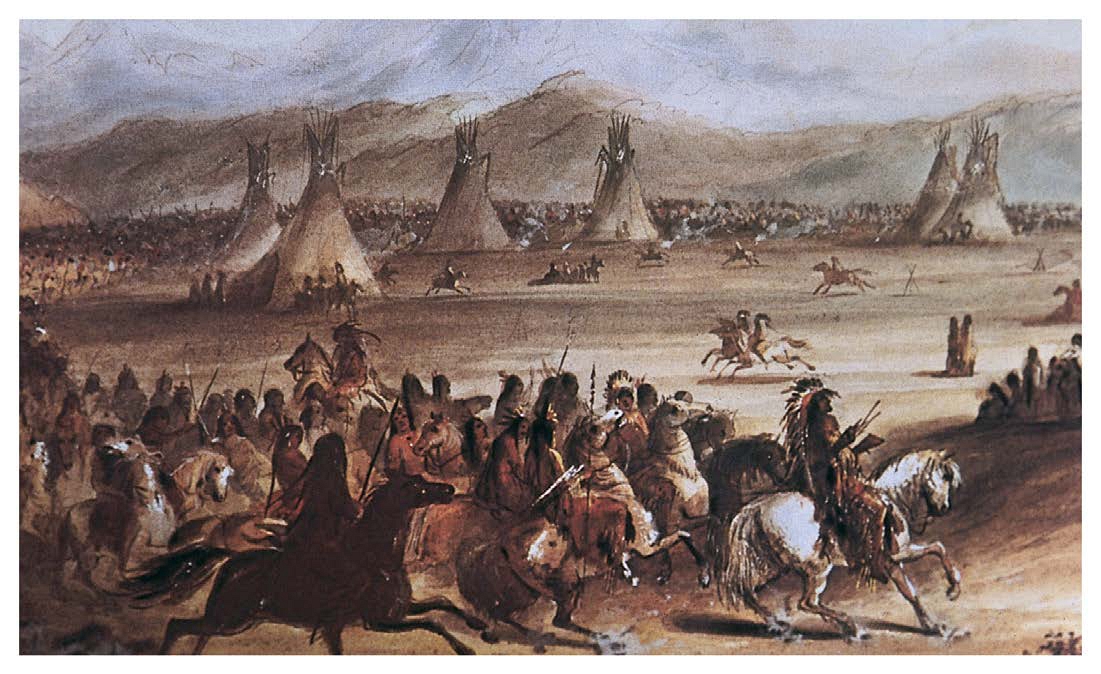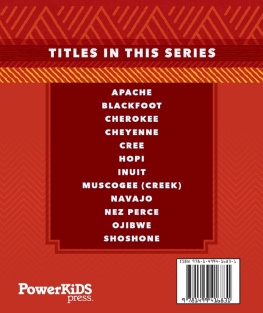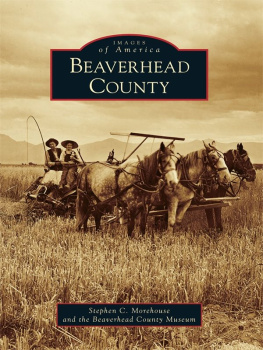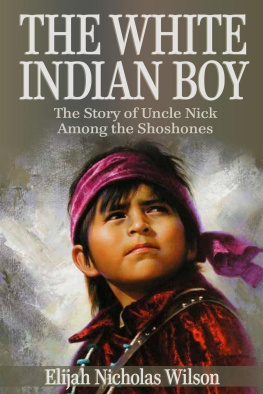
Published in 2016 by The Rosen Publishing Group, Inc.
29 East 21st Street, New York, NY 10010
Copyright 2016 by The Rosen Publishing Group, Inc.
All rights reserved. No part of this book may be reproduced in any form without permission in writing from the publisher, except by a reviewer.
First Edition
Editor: Karolena Bielecki
Book Design: Kris Everson
Reviewed by: Robert J. Conley, Former Sequoyah Distinguished Professor at Western
Carolina University and Director of Native American Studies at Morningside College and Montana State University
Supplemental material reviewed by: Donald A. Grinde, Jr., Professor of Transnational/American Studies at the State University of New York at Buffalo.
Photo Credits: Durova.
Library of Congress Cataloging-in-Publication Data
Kleid, Rodney.
Shoshone / Rodney Kleid.
pages cm. (Spotlight on Native Americans)
Includes bibliographical references and index.
ISBN 978-1-4994-1681-7 (pbk.)
ISBN 978-1-4994-1680-0 (6 pack)
ISBN 978-1-4994-1683-1 (library binding)
1. Shoshoni IndiansHistoryJuvenile literature. 2. Shoshoni IndiansSocial life and customsJuvenile literature. I. Title.
E99.S4K52 2015
978.004974574dc23
2015007819
Manufactured in the United States of America
CPSIA Compliance Information: Batch #WS15PK: For Further Information contact Rosen Publishing, New York, New York at 1-800-237-9932
CONTENTS
SHOSHONE ORIGINS
CHAPTER 1
The Shoshones inhabit the Great Basin and high plains of the western United States located in todays Nevada, Utah, Idaho, California, Montana, Oregon, and Wyoming. Many Shoshone bands shared a language. The Shoshones called themselves Nimi, Newe, or Nomo, which means the people. Over time, some bands migrated north and east and changed their lifestyles based on where they lived.
Today, more than 9,250 Shoshones (or Shoshonis) live on in those states and across the United States.
with a people called the Bannocks, live on the Fort Hall Reservation in eastern Idaho. The Western Shoshones live on the Duck Valley Reservation in Nevada and in other communities in Nevada, Utah, and California.
Scientists say that the of the Shoshones may have been from Asia. According to a Shoshone origin story, Wolf formed the earth from a mud ball, and Coyote filled the earth with people. His sons and daughters jumped out of a woven willow water jug Coyote carried across the land, which is why there are so many different Shoshone bands scattered over a large area.

Californias Owens Valley, with Mount Whitney in the background, is home to many Western Shoshones, who moved there once their traditional territories could no longer support them.
WESTERN SHOSHONES
CHAPTER 2
Horseless, the Shoshones walked everywhere, using the abundant grasses growing on their lands for shelter and for food, which they produced from the seeds. They also gathered other foods as they found them. Their lifestyle remained largely unchanged until white miners discovered gold at the Comstock Lode in Nevada in 1857. This brought hordes of European-American settlers and miners to the area, pushing out the Native Americans. The Shoshones fought back.
Shoshone raids on the settlers resulted in the 1863 of Ruby Valley, in which the Western Shoshones agreed to leave the settlers alone and live on a reservation in Ruby Valley in todays Nevada. Since the U.S. government did not provide that reservation, the Shoshones continued to live in communities in their traditional areas. In 1877, the government ordered all the Western Shoshones to move to the Duck Valley Reservation created for them on the Idaho-Nevada border. Some moved, but many Shoshones, unhappy with this solution, refused.

Two Shoshones photographed by C.W. Carter in the second half of the nineteenth century, around the time that the Shoshones were forced onto reservations.
As the settlers and their livestock overran Western Shoshone land, they ate or trampled sources of traditional Shoshone foods. Starving Shoshone men began working as cowboys on local ranches for wages, while the women became servants in the ranch houses.
NORTHERN SHOSHONES
CHAPTER 3
With similar cultures, Northern Shoshones and Bannocks lived in small bands in Idaho, south of the Salmon River, in the Columbia River plateau. In 1804, one member of the Lemhi band of Northern Shoshones was the first Northern Shoshone to see white explorers. Her name was Sacagawea, and she traveled with Meriwether Lewis and William Clark on their explorations across the western United States.
On foot until other native tribes traded horses with them in about 1700, the Northern Shoshones combined the Western Shoshone gathering society with the Eastern Shoshones buffalo-hunting society. Unfortunately, the Blackfeet Indians, who already had horses and guns, began to take over Shoshone territory.
By 1850, settlers moving to Oregon crossed Northern Shoshone country in great numbers, and by 1860, the Mormons, a religious group, had settled in their territory. The Shoshones occasionally battled these intruders, fighting in the Bannock War of 1878 and the Sheepeater War of 1879.

This painting shows the Lewis and Clark expedition with their Shoshone guide Sacagawea and her husband.
EASTERN SHOSHONES
CHAPTER 4
The Eastern Shoshone bands traditionally occupied an area in western Wyoming. Their hunting and gathering lifestyle was strongly affected by the Plains Indian horse culture. A highly organized, buffalo-hunting people, the Eastern Shoshones raided surrounding areas and hunted from horseback after getting horses in about 1700 through trade. From 1780 to 1825, constant warfare with the Blackfeet forced them farther west and reduced their numbers. Some Eastern Shoshones moved south and became known as the Comanches. Smallpox, a deadly disease, spread, killing many Shoshones and further weakening their society.
Chief Washakie rose to power from 1825 to 1880 and restored the spirit and strength of the Eastern Shoshones. Avoiding conflict with the U.S. government, he worked with it on the first Fort Bridger Treaty of July 3, 1863, to establish the Shoshone Reservation, which originally included more than 44 million acres (18 million hectares) in Colorado, Utah, Idaho, and Wyoming. Further agreements and treaties shrunk the Shoshone Reservation, and in 1878, the U.S. government sent the Shoshones old enemies, the Arapahos, to share the reservation with them and later renamed it the Wind River Reservation. Today, the Wind River Reservation, home to both the Eastern Shoshones and Arapahos, covers 2,268,000 acres (918,000 ha).

The Eastern Shoshones participated in an annual event during the 1820s through 1840 called the Green River . Native Americans, fur trappers, and traders gathered each summer near present-day Pinedale, Wyoming, to trade furs for goods, meet friends, and share news as shown in this 1870s painting. The rendezvous is still held each year during July.
Next page










